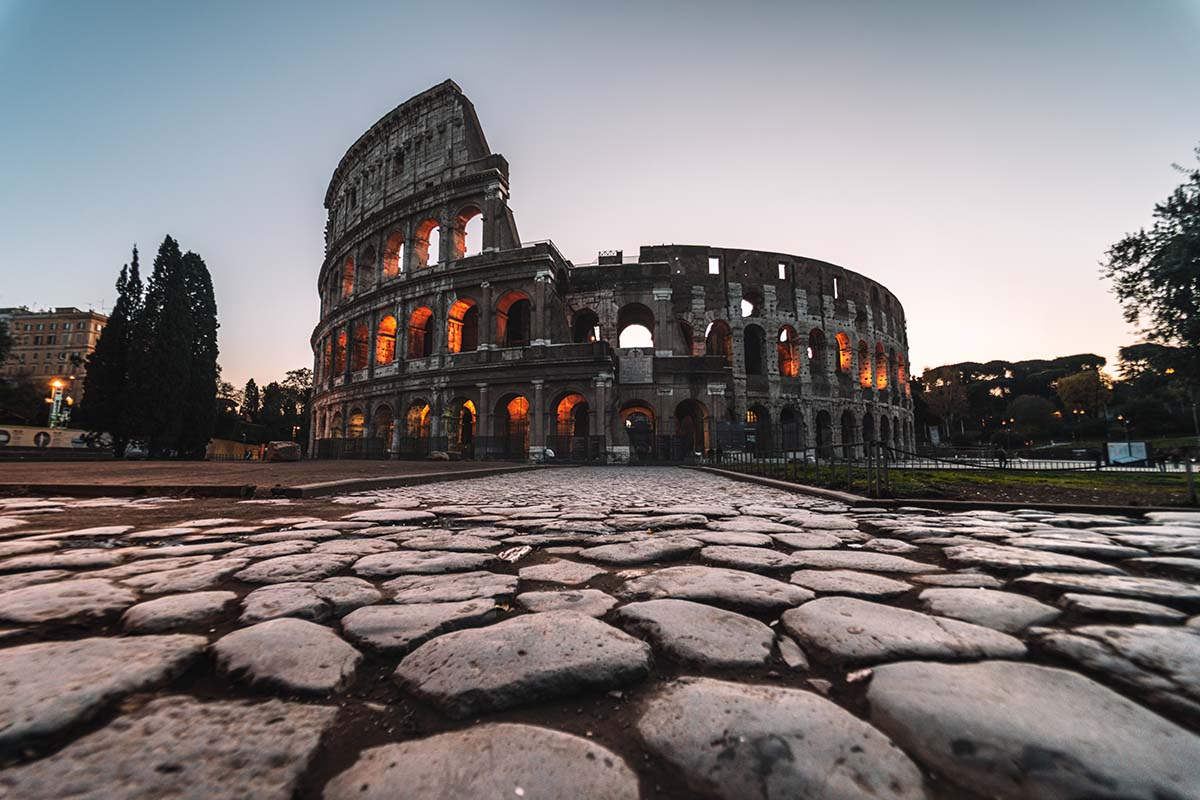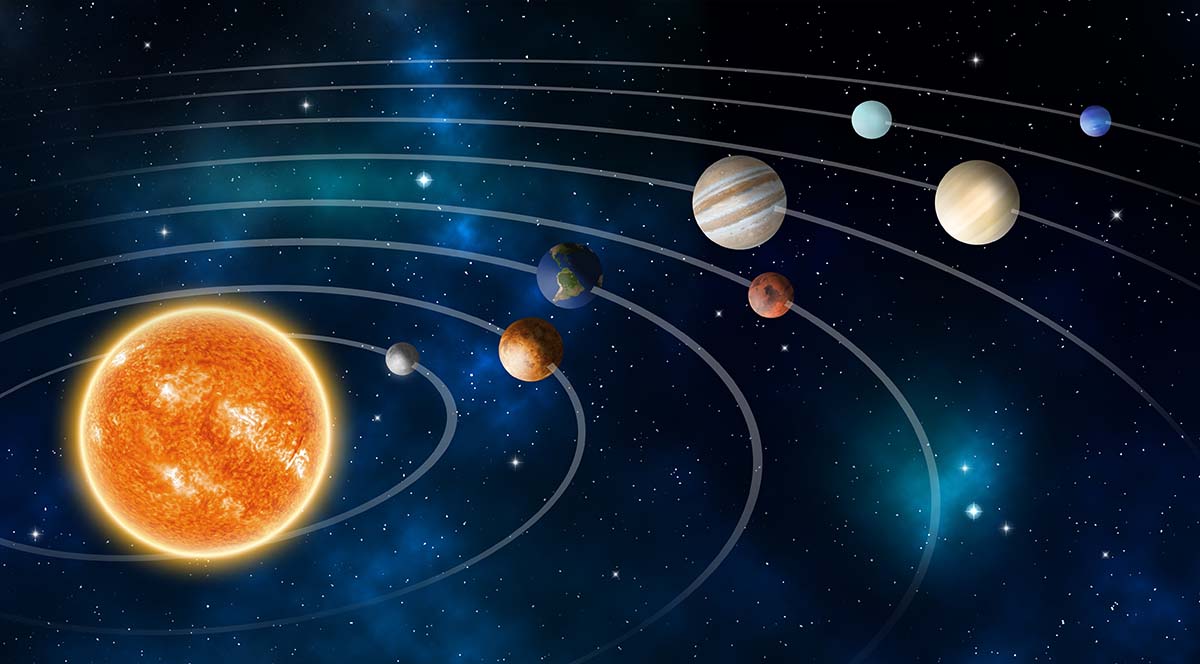
It’s time to celebrate Earth’s closest neighbor in the solar system, Mars. Red Planet Day recognizes the launch of Mariner 4 in 1964, the first spacecraft to visit Mars. Mariner 4 took 8 months to get to the red planet, traveling over 235 million miles to take the first photos of another planet. Exploring Mars has been a passion project for many scientists, astronomers, and even billionaires. What makes the red plant so important? Join Spark Education as we celebrate Red Planet Day with these 4 mars facts.

1. Mars was named by the Romans
The Roman Empire was known for how wide it stretched out. They were great at navigating using the sky and stars. Their continued use of the sky for navigation led the Romans to name the 7 brightest objects they saw in the sky. This included the sun, the moon, and five planets, which were Mars, Mercury, Jupiter, Venus, and Saturn. Mars, like the other planets, was named after Roman Gods. Mars’ name came from the Roman god of war, one of their most respected gods.
The Roman Empire prided itself on being fierce warriors and their patron God, Mars, was one of their most beloved. They immortalized his name in the solar system and it still stands today. Later on, when moons were discovered around Mars, they named them Phobos and Deimos, after the mythical horses who pulled Mars’ chariot. When Mars was first discovered it was just another light in the sky, it would take decades before it would be known as a planet.
2. Galileo Galilei was the first to realize Mars was a planet
Galileo Galilei is one of the most important people in the world of astronomy, physics, and engineering. He developed one of the first telescopes in 1609. Although the telescope he created wasn’t as powerful as the ones we have today, he was still able to tell that Mars was a round planet that seemed very similar to Earth. As telescopes developed and advanced, scientists were able to tell how close to Earth Mars really was. Similar to Earth, Mars has polar icecaps, seasons, and even clouds.
3. Rust provides its famous color (but only from far away)
Mars is covered in iron oxide, also known as rust. A lot of the rocks on Mars are made of iron. When these rocks are exposed to the atmosphere on Mars, the iron oxidizes. This is just like rust on fences or cars that are left outdoors for too long. Over the years those rusted iron rocks break down creating dust on the planet’s surface. This gives the surface the appearance of an orange hue.
So why isn’t it called the orange planet?
The iron oxide dust isn’t red, it’s actually more of an orange or tan color. All that iron oxide dust, however, gets into the Martian atmosphere and when seen from far away, gives Mars its famous red color. The red dot of light in the sky is how early people could tell Mars from other stars and planets. This gave our closest celestial neighbor its nickname, the Red Planet.

4. Mars is small when compared to the other planets
Mars is actually the 2nd smallest planet in our solar system. The red planet has a radius of 4,220 miles, that’s only a little more than half the 7,926-mile radius of Earth. Mars is so much smaller than the Earth that if Earth was hollow, it would take over 6 red planets to fill it up. The only planet smaller is Mercury, which is half the size of our red neighbor. When you compare the size of Mars to the 43,441-mile radius of Jupiter, our solar system’s biggest planet, it’s incredibly tiny. Jupiter is over 22 times larger than Mars, and so large it’s two times as large as all the other planets combined.
What makes Mars so special?
While Mars might not be the biggest planet, it’s always found a way to stand out. The little red dot in the sky has intrigued scientists throughout history. From helping the Romans travel around the world, to possibly becoming a future home for humans, understanding Mars is one of the dreams for those passionate about science. Spark Math celebrates Mars and all the passionate STEM professionals who it inspired on this Red Planet Day!
Ignite your STEM Journey with Spark!
Want to discover more about the universe? Math is the foundation for all the STEM subjects and with Spark Math, you can become a STEM ace! Spark Math by Spark Education is an online education program that provides an engaging and challenging learning experience led by experienced teachers. Filled with animation, fun characters, and gamified lessons. Kids who excel in math and STEM, from Pre-K to 6th grade, go on exciting learning adventures every class! Try it out for yourself by signing up for a free trial class today! Learn more facts and skills with our blog.





